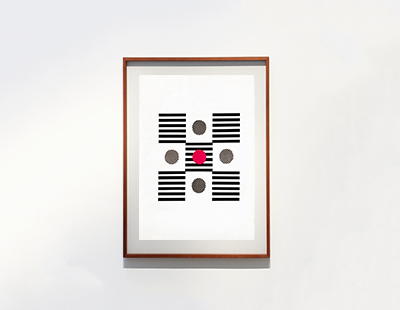ARTISTAS
6.jpg)
Adriana Coppio
4.jpg)
Adrianne Gallinari
4.jpg)
Afonso Tostes
5.jpg)
Alvaro Seixas
4.jpg)
Ayla Tavares
4.jpg)
Célia Euvaldo
4.jpg)
Daniel Acosta
5.jpg)
Daniel Feingold
6.jpg)
David Magila
2.jpg)
Eriel Araújo

Falves Silva
2.jpg)
Geraldo de Barros
6.jpg)
Geraldo Marcolini
3.jpg)
Guilherme Dable
.jpg)
Iole de Freitas
4.jpg)
Isabelle Borges
4.jpg)
Josiltom Tonm
2.jpg)
Julio Alves
5.jpg)
Lenora de Barros

Lilian Maus
1.jpg)
Liliane Dardot
7.jpg)
Luiz Hermano
.jpg)
Marcius Kaoru
7.jpg)
Milena Oliveira
5.jpg)
Paulo Whitaker
2.jpg)
Pedro David
5.jpg)
Raul Mourão
2.jpg)
Renata De Bonis
4.jpg)
Ricardo Homen
1.jpg)
Tiago Sant’Ana
2.jpg)
Veridiana Leite
5.jpg)
Voltaire Fraga
5.jpg)
